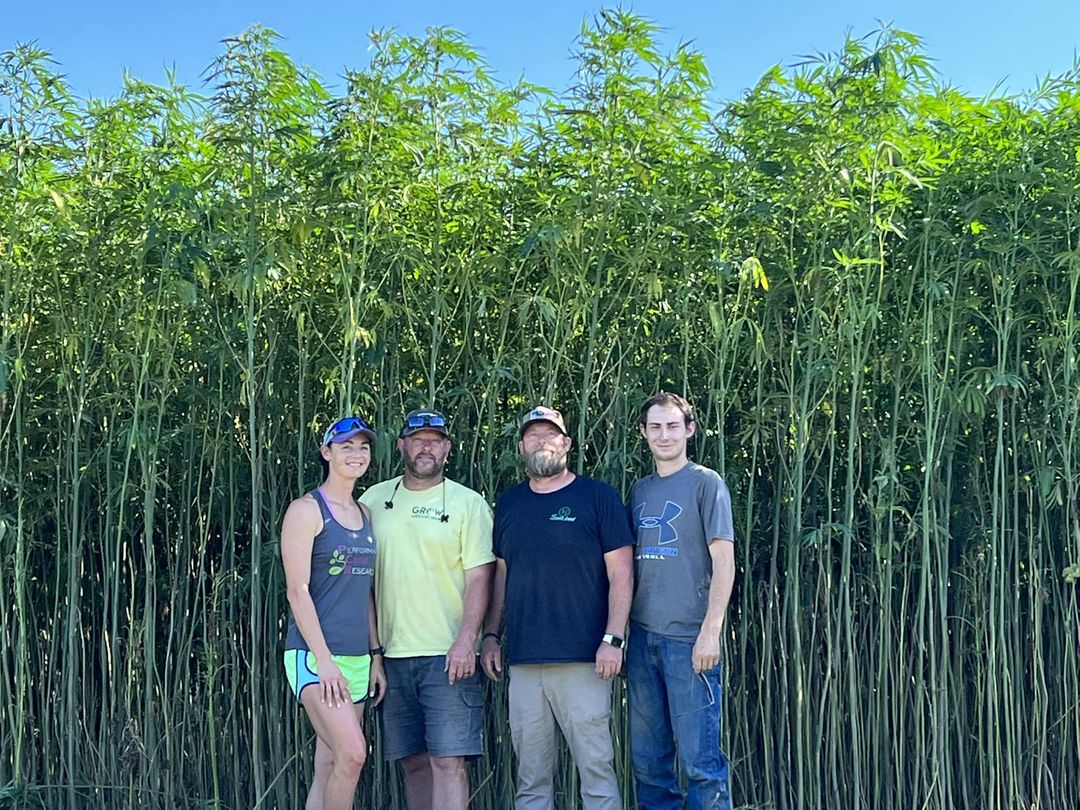Urban areas, while centers of human activity and innovation, often face significant environmental challenges. Ecological restoration aims to address these challenges by reconnecting cities with nature, improving quality of life, and mitigating the impacts of climate change.
Key Principles of Urban Ecological Restoration:
- Green Infrastructure: Integrating green spaces like parks, gardens, and green roofs into the urban fabric. These spaces provide numerous benefits, including improved air and water quality, reduced urban heat island effect, and increased biodiversity.
- Blue Infrastructure: Incorporating water features such as rain gardens, wetlands, and bioswales to manage stormwater runoff, improve water quality, and create attractive urban spaces.
- Food Production: Integrating urban agriculture, such as community gardens and rooftop farms, to enhance food security, improve local food systems, and create green spaces within the city.
- Biodiversity Conservation: Protecting and restoring native plant and animal species within urban ecosystems. This can involve creating wildlife corridors, restoring native habitats, and implementing measures to reduce light pollution.
- Community Engagement: Actively involving local communities in the planning, implementation, and monitoring of restoration projects. This ensures that restoration efforts are aligned with community needs and priorities.
Benefits of Urban Ecological Restoration:
- Improved Human Health: Increased access to green spaces has been linked to numerous health benefits, including reduced stress, improved mental health, and increased physical activity.
- Climate Change Mitigation: Urban green spaces can help mitigate the effects of climate change by absorbing carbon dioxide, reducing urban heat island effects, and improving air quality.
- Enhanced Biodiversity: Restoration efforts can help to protect and restore biodiversity within urban ecosystems, providing essential habitat for a variety of plant and animal species.
- Improved Quality of Life: Greener cities are more aesthetically pleasing and can enhance the overall quality of life for urban residents.
- Economic Benefits: Restoration projects can create green jobs, boost local economies, and increase property values.
Examples of Successful Urban Ecological Restoration Projects:
- High Line, New York City: A former elevated railway line transformed into a linear park, providing green space and recreational opportunities for residents.
- Singapore’s Gardens by the Bay: A showcase of innovative urban greening, featuring “Supertrees” that collect rainwater and generate solar energy.
- Copenhagen’s cycle lanes and greenways: A comprehensive network of cycling paths and greenways that promotes active transportation and enhances urban livability.
Conclusion:
Ecological restoration plays a crucial role in creating more sustainable, resilient, and livable cities. By integrating nature back into the urban fabric, we can enhance the quality of life for all city dwellers while mitigating the environmental impacts of urbanization.
Note: This article provides a general overview of ecological restoration in cities. Specific strategies and approaches will vary depending on the unique characteristics of each urban environment.


